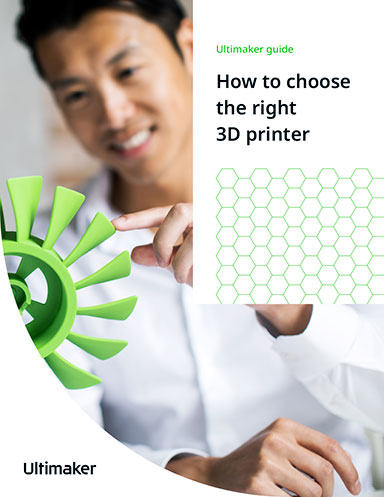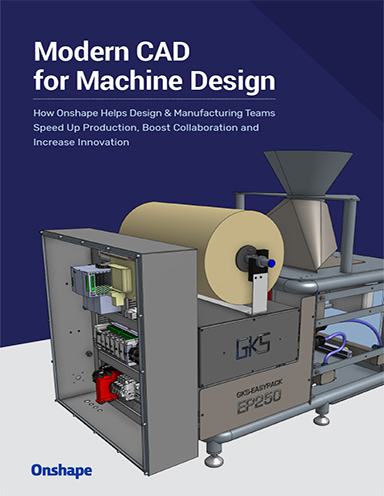3D Printing Enables Faster Charging of Batteries
Partnership will develop solvent-free Laser Powder Bed Fusion (L-PBF) additive manufacturing technologies for the fabrication of 3D-structured lithium battery cathodes.

Compared with conventional slurry-based film electrode manufacturing methods, dry laser powder bed fusion is promising in generating structured electrodes for high power, low cost lithium ion batteries. Image courtesy of Jianchao Ye/LLNL.
Latest News
July 7, 2022
The next generations of lithium-ion batteries require higher energy and power densities at a lower cost. Current battery manufacturing, based on slurry casting and coating, is challenged to further improve these key metrics.
Lawrence Livermore National Laboratory (LLNL) is partnering with Ampcera Inc. to develop solvent-free Laser Powder Bed Fusion (L-PBF) additive manufacturing technologies for the fabrication of 3D-structured lithium battery cathodes. The project received $1.5 million from the Advanced Manufacturing Office at the U.S. Department of Energy.
L-PBF was originally developed for 3D printing of metal parts. LLNL's Jianchao Ye, staff scientist and the lead principal investigator of the project, is planning to use this additive manufacturing technology to thermally bind the cathode powder mixtures onto the aluminum current collector and generate 3D structures for faster charging and higher-energy-density batteries.
“The environmentally benign process allows for thick high-capacity 3D cathode structures to be processed, enabling lithium-ion batteries to reach the fast-charging goal of 80% charge in 15 minutes or less,” says LLNL lead researcher Jianchao Ye.
By eliminating the solvent, ultrafast laser processing allows large-scale battery manufacturing with higher production throughput, lower energy consumption and cost and likely improved power and energy densities, according to the organizations involved.
Ampcera Inc. has a technology portfolio in high-performance solid-state electrolytes and electrode materials. Ampcera will provide highly engineered cathode powders to LLNL for L-PBF processing.
Both partners will collaborate closely to build battery cells and evaluate their real-world performance.
“The partnership between LLNL and Ampcera will accelerate the development and commercialization of the ultra-fast and low-cost L-PBF additive manufacturing technology for high-performance lithium battery manufacturing. After developing 3D-structured cathodes, we expect to expand the technology to anode design and also further explore its application in all-solid-state Li metal batteries with even higher energy and power densities.” says Hui Du, co-founder and CTO of Ampcera Inc.
Sources: Press materials received from the company and additional information gleaned from the company’s website.
Subscribe to our FREE magazine, FREE email newsletters or both!
Latest News
About the Author
DE’s editors contribute news and new product announcements to Digital Engineering.
Press releases may be sent to them via [email protected].






